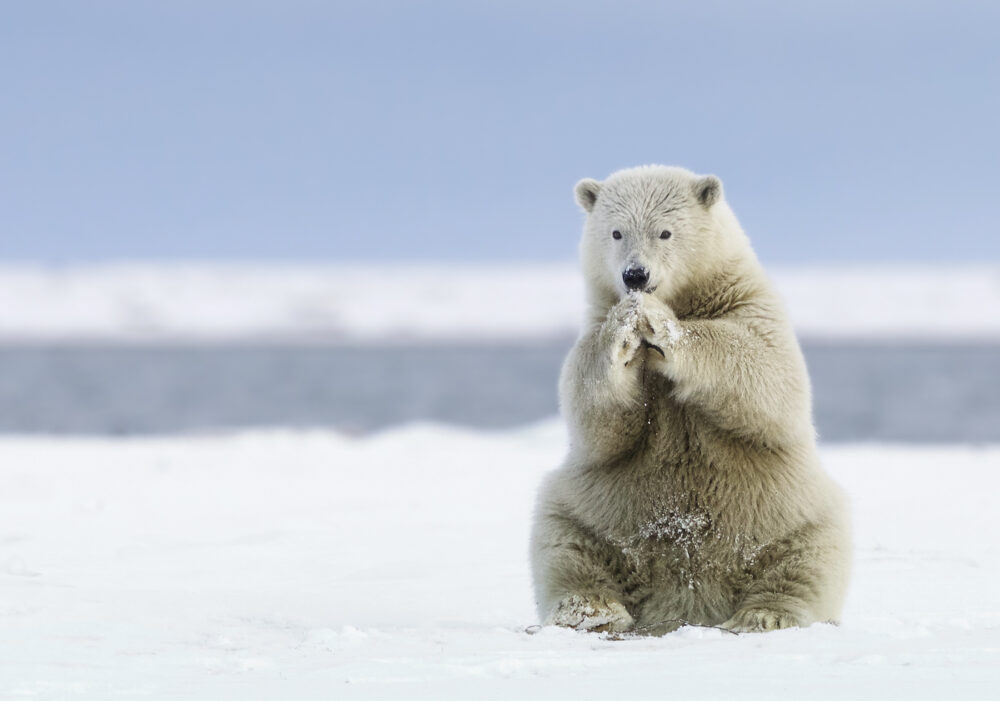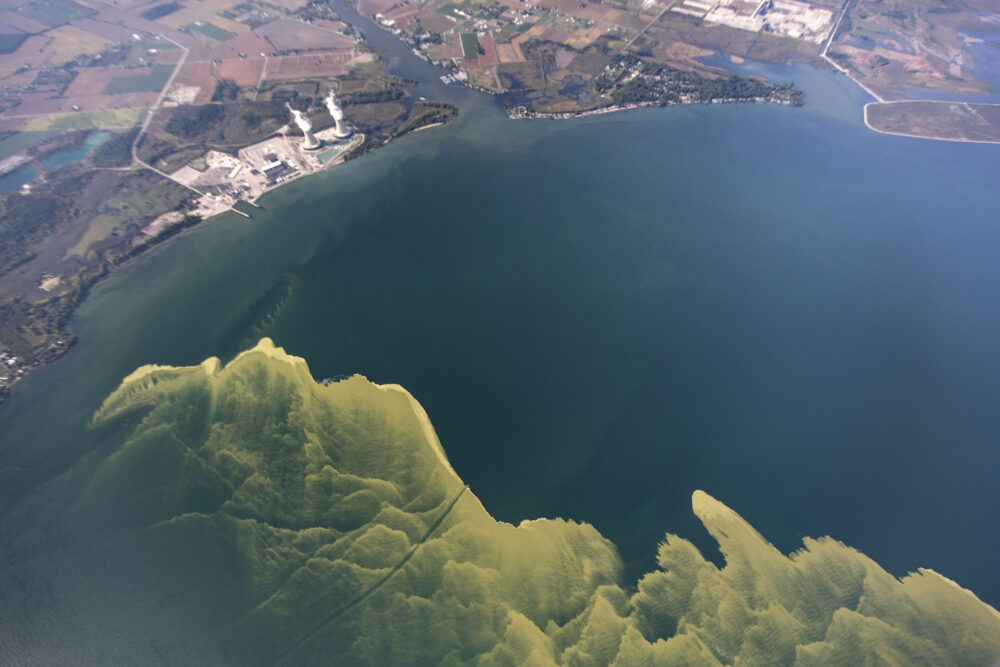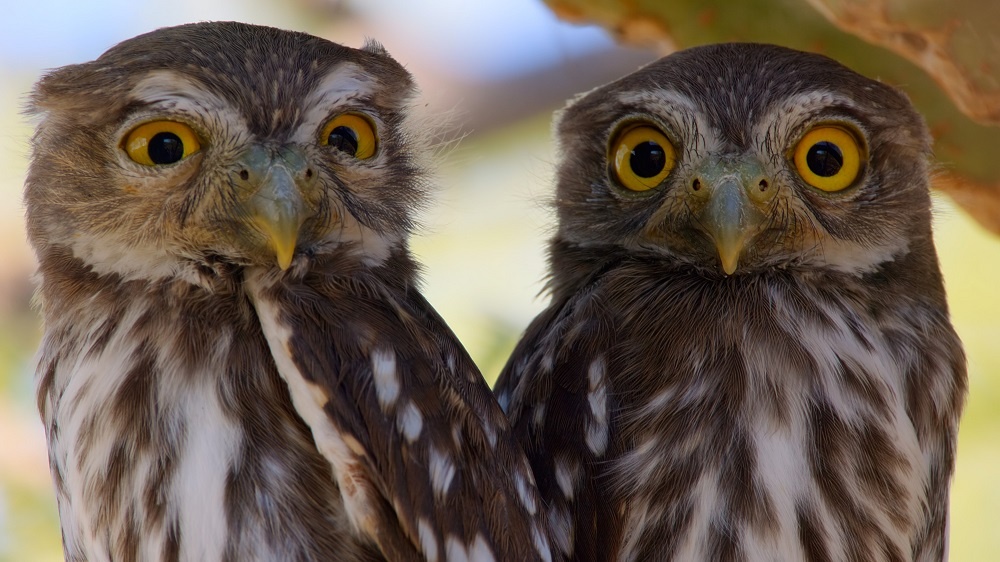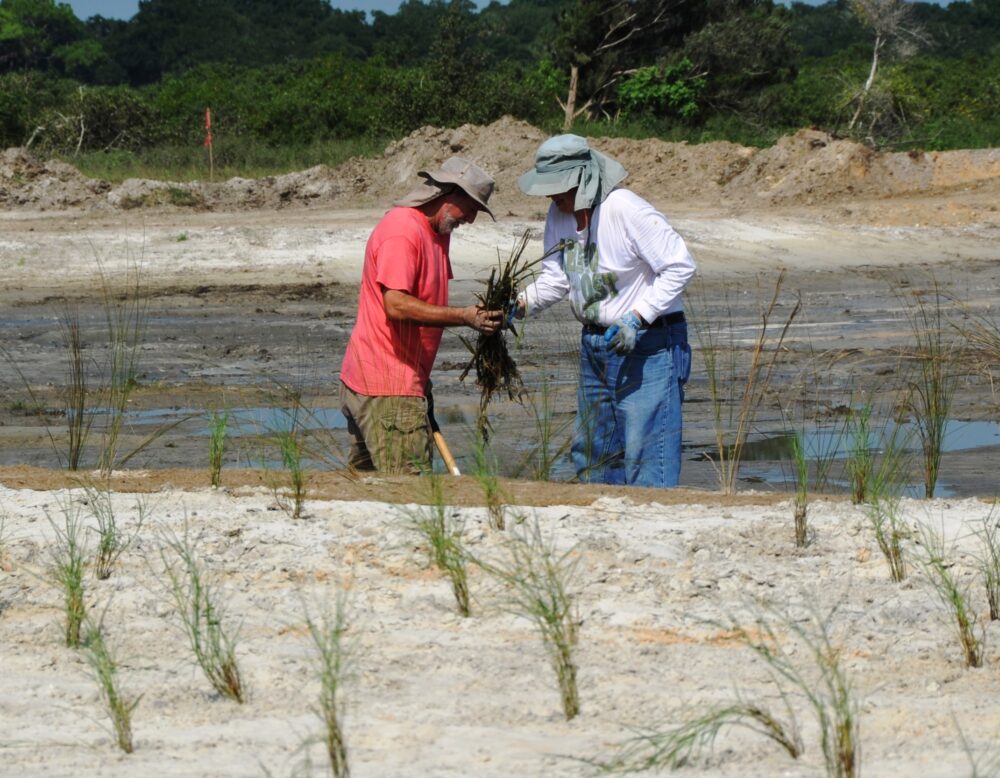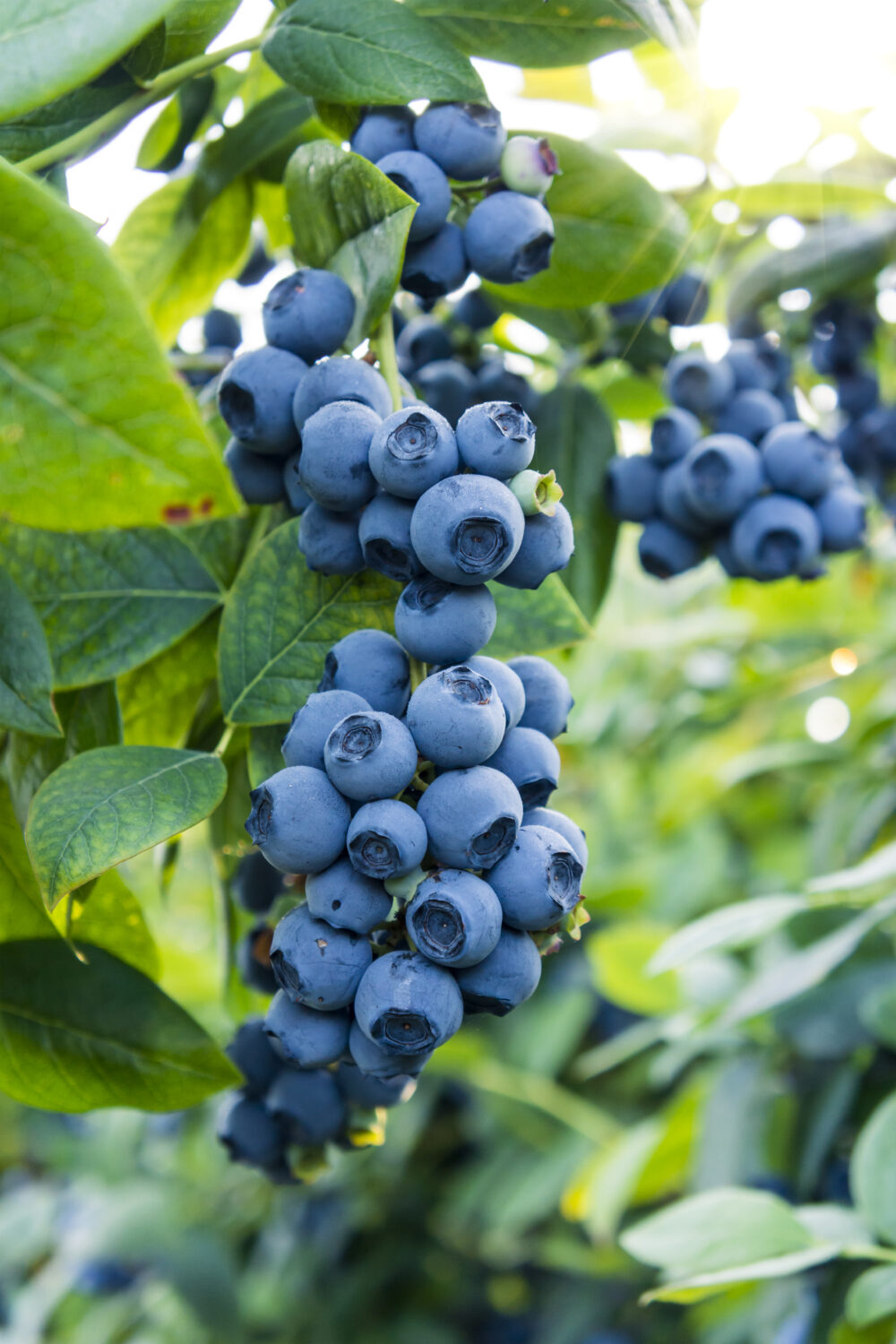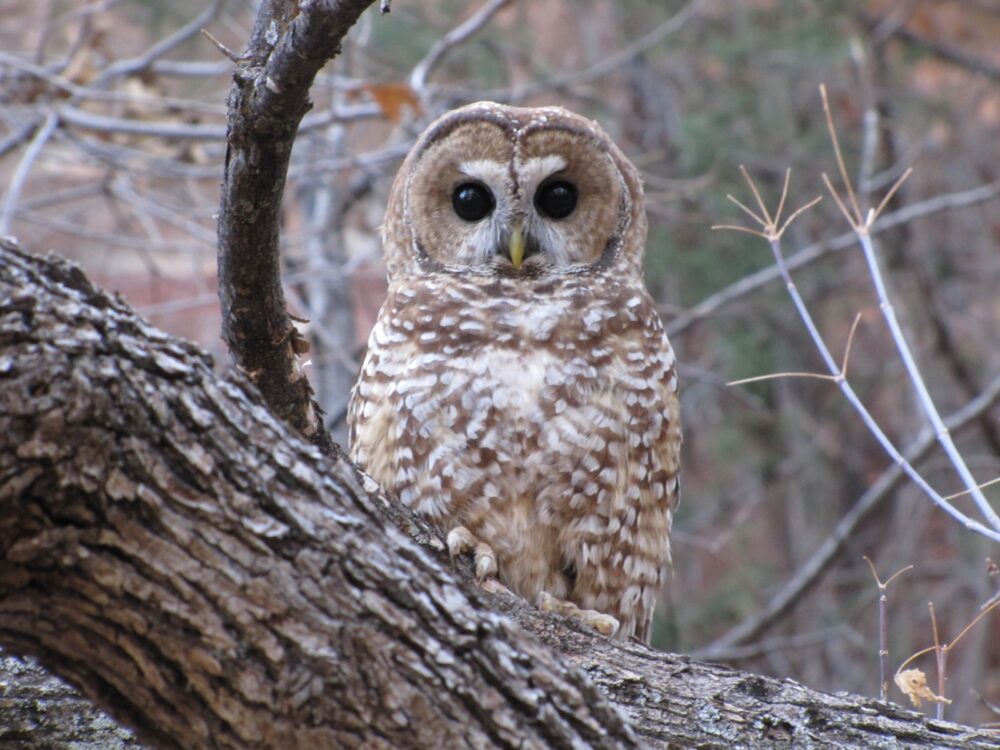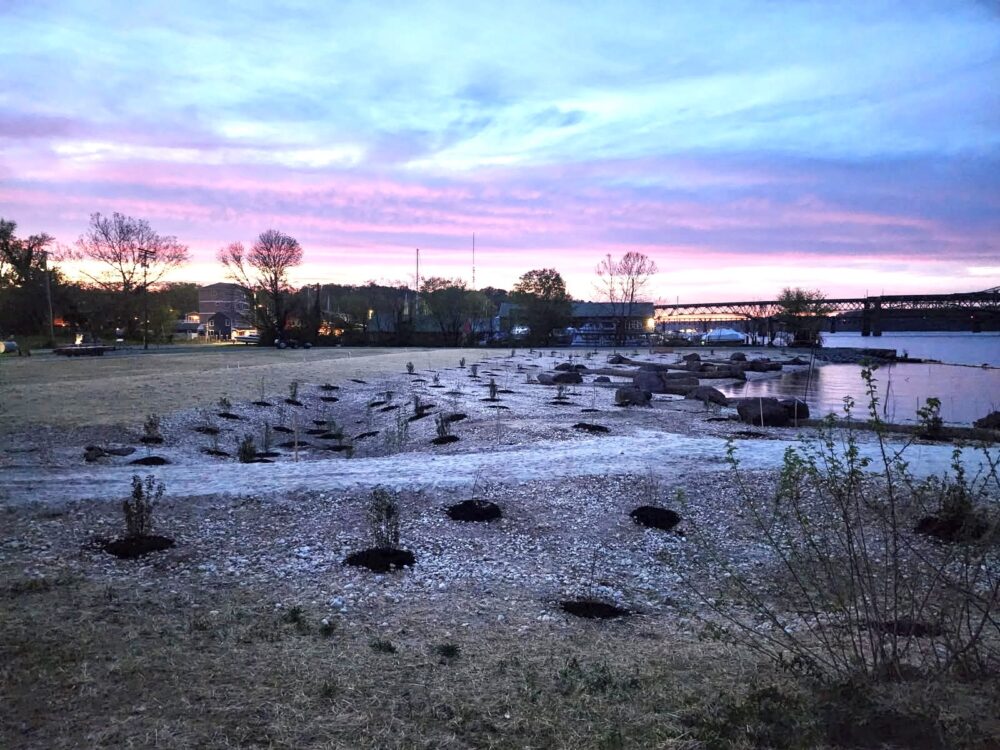We have much more to do and your continued support is needed now more than ever.
Building the Future of Fire: Fort Valley Students Join Their First Learn & Burn

Prescribed fire is more than a management tool—it’s a tradition, a science, and an essential part of restoring and maintaining healthy forests. At our latest Learn & Burn event, we didn’t just ignite the landscape—we sparked something even bigger: the passion and curiosity of the next generation of natural resource professionals.
For the first time, students from Fort Valley State University (FVSU) joined our burn crew. Thirteen students and their professor, Dr. Cedric Ogden, stepped into the fireline to experience firsthand what it means to work w ith fire.
In partnership with the Georgia Forestry Commission, USDA Natural Resource Conservation Service, and local landowners, our team guided the FVSU students through the ecological and technical aspects of prescribed burning, from understanding the life cycle of longleaf pine to recognizing the critical role of gopher tortoises as ecosystem engineers.
Fort Valley junior Nakira Morris reflected on her experience and the knowledge she gained during the Learn and Burn. She recalled learning about the role of weather, humidity, smoke dispersion, and the benefits of fire for wildlife, stating, “I learned that we do prescribed and controlled fires to promote biodiversity and to prevent wildfires.” After discussing the technical aspects of what she had learned, we asked her, “Was it fun?” A big smile spread across her face as she enthusiastically proclaimed, “Yes, very!”
Future Fire Leaders in Action
To help students explore career pathways, we led a movement-based career exploration game, where we matched their strengths and passions to potential professions. Students were asked a series of “Would you rather?” questions that would match them to different careers.
If a student would rather spend their work day outside tracking wildlife and studying habitats, they were matched with careers like Wildlife Biologist or Habitat Restoration Specialist. If they would rather spend their day in a computer lab analyzing data and maps, they were matched with careers like GIS specialist or Remote Sensing Analyst.
After a fun question and answer session, each participant chose the career they were most interested in. Wearing their future career paths on their name tags, they stepped into the shoes of burn bosses, wildlife biologists, foresters, and ecologists, imagining what it would be like to manage natural resources for a living.

Learning Through the Burn
Throughout the day, students got hands-on experience with different ignition techniques, watched fire behavior up close, and gained a deeper appreciation for the controlled chaos that makes prescribed fire such a powerful tool.
They weren’t just observing—they were actively engaging, asking questions, and stepping into roles they might one day fill. Chief Ranger Doug Claxton from GFC took a hands-on approach with the students, guiding them through every step of fire ignition and behavior. From the proper way to hold a drip torch to understanding how wind influences fire movement, he ensured each student gained practical, real-world skills.
Fort Valley freshman Amari Colvin, who has his sights set on becoming a Burn Boss, received an immersive crash course in ignition techniques under Doug’s mentorship. As a strip fire slowly crept through the pine straw, John instructed Amari to move deeper into the burn unit, setting spot fires with his drip torch for about 75 feet.
As they worked, he explained how wind direction shapes fire behavior—teaching Amari that lighting directly into the wind produces an even, controlled flanking fire, while lighting against the wind generates a more intense head fire. Through this experience, Amari and his peers gained not only technical skills but also the confidence to one day lead burns of their own.
Why Students Matter
Events like these are about more than fire—they’re about building the future workforce of natural resource professionals. With the U.S. Bureau of Labor Statistics predicting that employment of forest and conservation workers will decline by four percent from 2023 to 2033 , there’s an urgent need to train and inspire the next generation.
By getting students into the field early, we’re bridging the gap between classroom learning and real-world experience, ensuring they develop the skills, confidence, and passion needed to lead in fire and land management.
The Student Conservation Association, a leading provider of hands-on environmental programs for youth, underscores the value of early, practical involvement in fostering a commitment to conservation. Initial interest is often gained through hands-on experiences in their youth, underscoring just how critical these opportunities are. Engaging students now means cultivating future burn bosses, foresters, wildlife biologists, and land stewards who will shape the landscape for decades to come.
This high-energy, hands-on event was our best one yet, and we can’t wait to see where these students go next. The fire community needs fresh talent, and after witnessing their enthusiasm and dedication firsthand, we know the future of conservation is in good hands.

